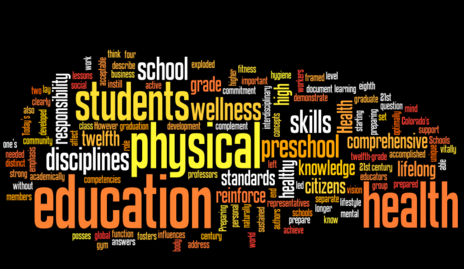| Dr. Seuss’ Birthday is March 2nd. I use this as part of our Read Across America Day.
After explaining each station, have the students rotate around the stations, staying at each for 45 seconds to 1 minute, depending on class period length. Here are my stations: (Stations are named/themed after Dr. Seuss Books)
Hop On Pop: Floor mats and Hip-pity-Hop Balls
The Cat in the Hat: Playground balls and basketball hoop. Throw the cat (ball) into the hat (hoop)
If I Ran the Circus: ring toss, throw rings onto a peg board
Dr. Seuss’s ABC or Shape of Me and Other Stuff: Jump ropes and cards with letters, numbers and shapes. Have them make the shapes/letters/numbers with the rope, or with their own bodies
Green Eggs and Ham: Green Scoops and plastic eggs, toss and catch
I Am Not Going to Get Up Today: Do sit ups on a floor mat, say, “I am not going to get up today” every time the student sits up, and them lay back down.
One Fish, Two Fish, Red Fish, Blue Fish: Ribbon sticks with fish paper clipped to them. Have exercise on the back of the fish, or numbers on them. Have each fish represent an exercise that they are to do.
There’s a Wocket in My Pocket: Bean bags into a Catching board (my board has “pocket” that catch the ball (wocket) if thrown in the right spot.
The Cat in the Hat Comes Back: Play ground ball and a basketball hoop, throw the cat (ball) into the hat (hoop) But this time, throw BACKWARDS!
Oh the Places You’ll Go: Scooters around cones
The Foot Book: Balance on balance beam, walk heal to toe |


